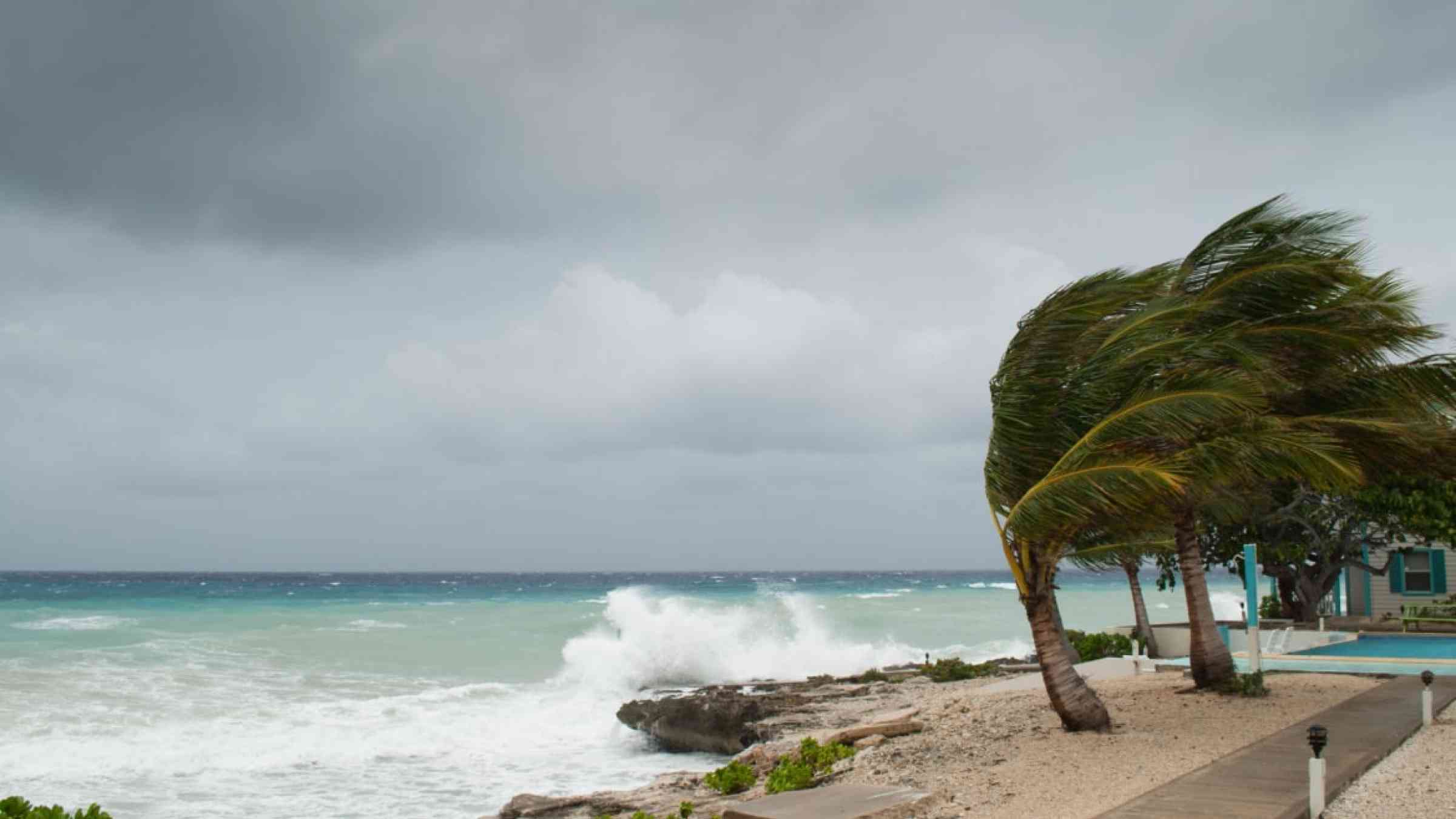
High above the northern tropical countries of Africa, in warmer months, waves of low pressure can form in the atmosphere and blow westward toward the Atlantic. When these African easterly waves reach the ocean, tropical cyclones—including hurricanes—may arise.
Previous research has indicated that African easterly waves are associated with up to 80% of major Atlantic hurricanes on shorter timescales. However, it is unclear exactly how the waves influence the formation of tropical cyclones on seasonal and longer timescales.
New research by Danso et al. helps to clarify this relationship, suggesting that African easterly waves contribute to the intensity, timing, and location of formation of tropical cyclones but do not affect the number of cyclones that form in a given season.
The researchers conducted high-resolution simulations of these waves and storms using a computational weather forecasting framework known as the Weather Research and Forecasting (WRF) model. The simulations covered from the Gulf of Mexico to the coast of northern Africa—the major region where tropical cyclones develop—and lasted from August through October of 2020, coinciding with peak tropical cyclone season. In the simulations, the researchers either retained or removed African easterly waves to help isolate their role in tropical cyclone formation.
In line with other recent research, the team found that subtracting African easterly waves from the simulations did not change the number of cyclones that formed. However, with the waves removed, simulated storms that formed were more intense and the peak period of their formation shifted from September to August. In addition, more cyclones formed in the Gulf of Mexico, whereas fewer formed off the coast of northern Africa.
The findings suggest that African easterly waves influence the large-scale atmospheric environment in which Atlantic tropical cyclones form. On their own, however, the waves are not reliable predictors of future changes in the frequency of these storms, the authors say, adding that other mechanisms generate these storms when the waves are not present.